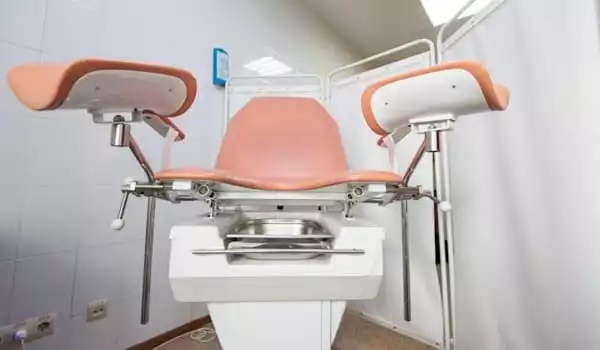Women were previously encouraged to see their ob-gyn every year for a Pap test, as well as a pelvic check and breast exam. The Pap test, often known as a Pap smear, is a cervical cancer screening test.
Pelvic examinations and cervical cancer screenings are no longer recommended for most females under the age of 21 during routine health visits, but a new study has discovered that millions of young women are undergoing the tests unnecessarily, which can lead to false-positive testing, over-treatment, anxiety, and unnecessary cost.
Researchers from UC San Francisco and the Centers for Disease Control and Prevention (CDC) calculated that 1.4 million pelvic examinations and 1.6 million Pap tests performed on females aged 15 to 20 in the United States in a single year were potentially medically unnecessary.
The data indicate that, despite professional guidelines and advice against frequent pelvic exams and Pap testing in this age group, there is a substantial lag in clinical practice. The annual cost of these superfluous exams was projected to be over $123 million. The study was published in the journal JAMA Internal Medicine.
This study shows that healthcare professionals and young women should communicate clearly and frequently about the ideal timing for these tests. We want to make sure that the rules are followed and that lives are saved.
Jin Qin
“Recent media revelations have drawn attention to unnecessary gynecologic screenings in young women,” stated senior author George F. Sawaya, MD, professor of Obstetrics, Gynecology, and Reproductive Sciences at UCSF and head of the UCSF Center for Healthcare Value.
“Parents of adolescent and young women should be aware that cervical cancer screening is not routinely recommended in this age group. Pelvic exams are not required prior to the administration of most contraceptives and are frequently not required to test for sexually transmitted infections” According to Sawaya.
According to the US Preventive Services Task Force, the American College of Obstetricians and Gynecologists, and the American Cancer Society, screening for cervical cancer is not advised for people under the age of 21. Furthermore, leading professional organizations advise against performing pelvic examinations on asymptomatic, non-pregnant women.
The current study aimed to determine how frequently pelvic examinations and Pap tests were performed among young women in the United States, as well as the proportion that was potentially unneeded. Data from 2011 to 2017 were used in the population-based analysis.

The researchers classed pelvic examinations as either medically required or potentially unneeded. Pelvic examinations were deemed medically necessary if they were performed during pregnancy, in conjunction with the use of an intrauterine device, or in the context of treatment for a sexually transmitted disease.
The researchers found that more than half (54.4 percent) of the nearly 2.6 million young women who underwent a pelvic exam in the preceding year were probably unnecessary, totaling an estimated 1.4 million young women.
Furthermore, nearly one-fifth of girls younger than the recommended age got a Pap test during the previous year, according to the study. Because 72 percent were performed as “part of a routine test,” they were possibly unneeded, affecting an estimated 1.6 million young women. Almost 80% of the pelvic examinations took place at the same time as the Pap test.
When compared to those who had not been checked, young women who had been screened for a sexually transmitted illness were 3.8 times more likely to obtain a Pap test and 60% more likely to undergo a pelvic examination. Similarly, young women who used a hormonal contraceptive technique other than an IUD were 75% more likely to have a Pap test and 31% more likely to have a pelvic examination than those who did not use such methods.
“This study shows that healthcare professionals and young women should communicate clearly and frequently about the ideal timing for these tests,” said first author Jin Qin, ScD, an epidemiologist from the Centers for Disease Control and Prevention’s Division of Cancer Prevention and Control. “We want to make sure that the rules are followed and that lives are saved.”
If a woman has had more than one sexual partner, she is likely to have been exposed to HPV during normal sexual activity. We don’t perform Pap tests on children under the age of 21 since the chances of them developing cervical cancer are extremely low. After the age of 65, the chances of having an abnormal Pap test are also minimal.
















